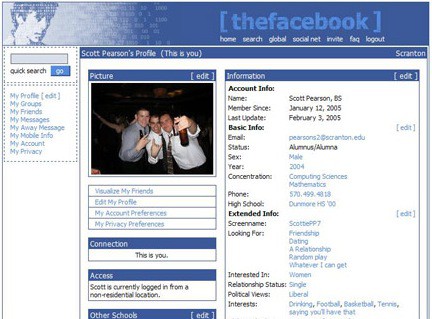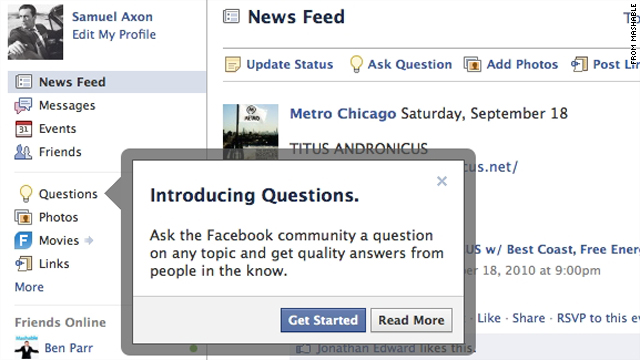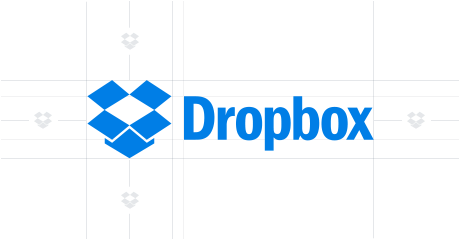According
to O’Reilly, the business saying of “get big fast” has now become “small is the
new big”. As all these blogs suggest, ‘lightweight models and cost-effective
scalability’ is another essential concept of Web 2.0 business models. Thus
said, for a company to do more with less, changes in cost, reusability, process
and strategy would need to be applied. Adopting scalable, cost-effective business
models whilst delivering products to the market faster and cheaper would create
benefits which include:
- Faster time to market
- Faster return on investment
- Reduced risk of project and product failure
- Greater adaptability
Pinterest is one of the many businesses which will be shown to "do more with less". So from my other blog, I've mentioned that Pinterest is a content sharing services where users are able to link sources of news, images, videos and anything of interest on their board. It was launched in 2010 and currently has 300+ employees looking after more then 48.7 million users! To be who they are today, these practices include:
1) Scale with demand
In 2012, Pingdom.com did an analysis of how many employees to users were there across the main social tools at the time.
From this image above, it showed that Pinterest was beating other social tools and was regarded as being the most efficient company in social media at the time. As Pinterest grew, it was necessary for them to come up with more features to keep their users interested. As a result, they released a function called secrete boards which only allowed the user and invited users to view. Initially they only allowed up to three secret boards per user but due to popular demand, they allowed users to have an unlimited amount. What this shows is that Pinterest is the true definition of "do more with less".
2) Sydnicate business models
This practice is about building on top of components from others. This practically means having part of your site seen on other sites whilst allowing others to to place ads on your own. In Pinterest's case, this meant creating their own plug-in so users could easily share any pages they came upon with a click of the button.
Another way of seeing this is that Pinterest does not place random ads on their site, but allow businesses to create an account with them and be part of the community. The whole point of Pinterest is to show what you are interested in or advertise other links or posts. The same goes for businesses, Pinterest allows partnerships and provides business accounts with different functions. Since Pinterest is so widely used, users can generate revenue by adding only a few links to Pinterest's site.
5) Scale your pricing and revenue models & Pricing and revenue align with the core attributes and patterns of Web 2.0
Pinterest is a free service and is easy to adopt and apply using a few plug-ins and links. Since Pinterest is a software-as-a-service, it provides constant updates and allows for user feedback. So since Pinterest is a free service and is easy to use, businesses and users have no reason to not use it. This is beneficial to Pinterest as it will increase their user base and therefore create revenue in other aspects.
Some users may be deterred from using Pinterest since it may not produce traffic to their personal sites. For example, when people Google a certain object, the first result may be of the object on Pinterest's website. Once users see the item on Pinterest, that may be the end of the search for the user.
6) Market virally
Pinterest, just like Facebook, Google Plus, has a widget which may be found on some site for users to quickly access the sites Pinterest account or to save the post on their own Pinterest account.
In comparison to Linkedin when it comes to providing the best practices, Pinterest does not deter their users with upgrades which require payment. Everything is free to use with Pinterest which is why they have such a huge large user base. However, what Linkedin has that Pinterest doesn't, is the ability to connect with users on a personal level. It is better to create traffic to ones personal sites and profiles then to create traffic ones Pinterest account where the user may not benefit from the traffic.
There are more practices that Pinterest apply which make it such a highly used service. But what we can take away from this is that Pinterest is a lightweight model and it is very cost-effective since majority of the service is free for users.
Thanks for reading! Let me know what you think makes Pinterest such a valued service in the comments below.









